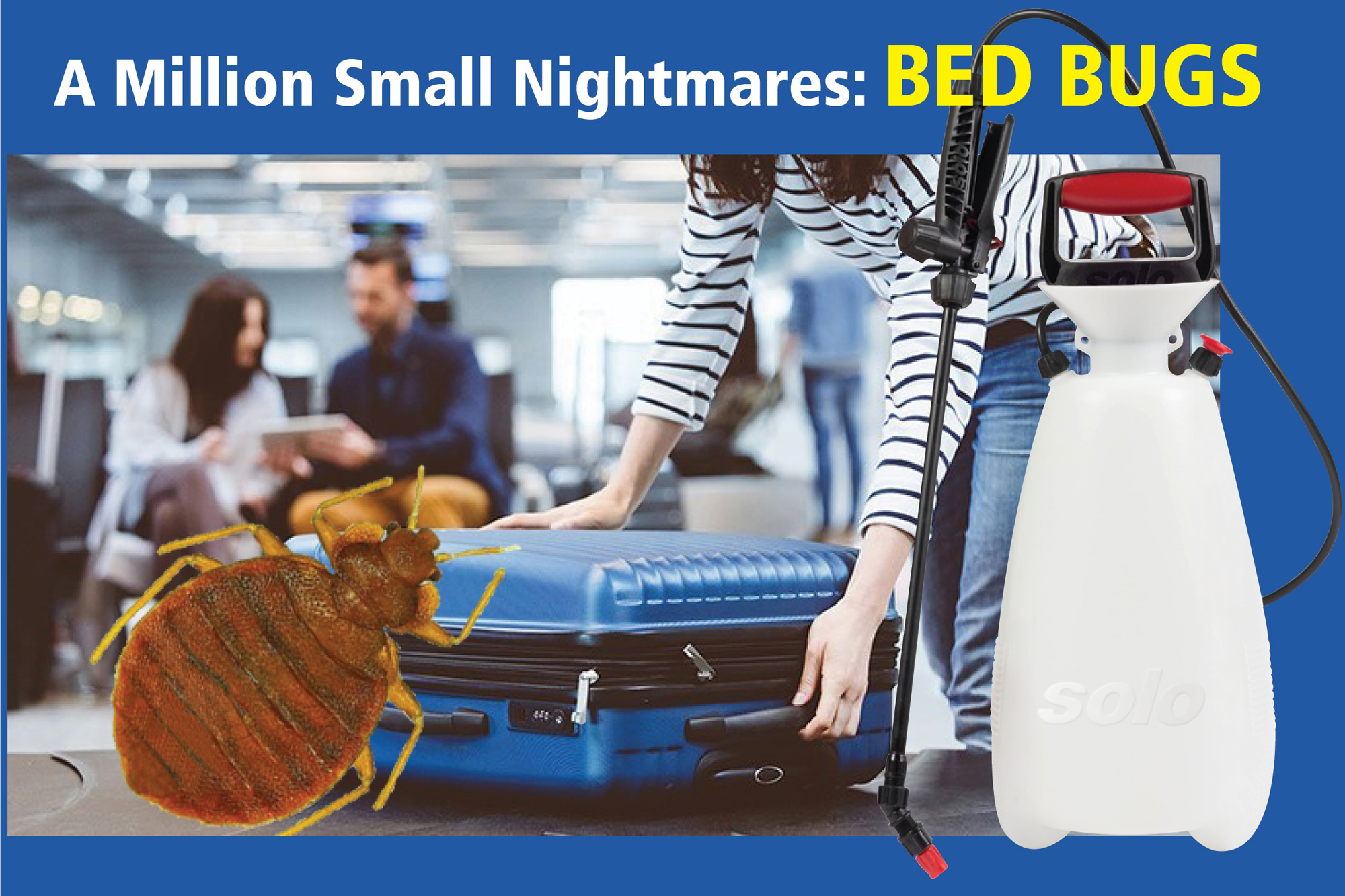
Bed bugs are a nightmare. The thought of finding blood-sucking parasites in your bed is enough to make anyone’s hair stand on end. Bed bugs reproduce quickly and are difficult to detect. Before you realize that bed bugs have infiltrated your home, you could already have an infestation.
There are several warning signs that bed bugs have invaded your home, such as:
- Waking up with red bite marks
- Rust-colored stains on bed sheets
- A musty odor in the affected area
- Bed bug shells
Bed bugs hide in small places, such as:
- The seams of mattresses, chairs, and couches
- Loose wall hangings
- Drawer or door joints
- Electrical outlets
What to Do If You Find Bed Bugs
Gauge the scope of the infestation and determine if you’re going to hire a pest control professional. Figuring out whether you have an infestation or just a few bed bugs isn’t easy. Bed bugs can be difficult to detect, especially early on in an infestation.
In the early stages, you might find a few black stains (fecal matter), bed bug shells in a single area in your home. As the infestation progresses, you will find more fecal matter, bed bug shells, or bloodstains throughout your home.
You may want to consider a professional if you’re concerned that you have a bed bug infestation. Pest control professionals will have access to tools that are better able to detect the scope of an infestation.
How to Remove Bed Bugs
You can tackle bed bugs on your own if you don’t want to hire someone to do it, but you should proceed with caution. Since bed bugs are small, you can easily miss them, and the issue can grow into a bigger problem. If you decide that you would prefer to get rid of bed bugs on your own, here are the steps you need to take:
First, you should remove any infested bedding or furniture. Bag all bed sheets and secure them, so as not to spread any live bed bugs or their eggs. You will need to wash any bedsheets or clothes on the hot water setting and dry at the highest temperature setting.
Next, vacuum around the affected area to pick up feces, eggshells, and live bed bugs. After you vacuum, spray the affected room with an insecticide designed to kill bed bugs. Don’t forget to empty the vacuum after you use it and dump the contents into a secure bag.
You want to spray every crack and crevice carefully, but do not spray electrical outlets. After the first application of insecticide, monitor the affected room and any other areas where bed bugs like to hide. Reapply bed bug treatments until all signs of the infestation are gone.
Preventing Bed Bugs
To save yourself from the burden of a bed bug infestation, there are several ways to prevent bed bugs from entering your home:
Inspect Hotel Rooms
Many people bring bed bugs home with them from a trip. A hotel room could look spotless and still have bed bugs. To prevent bed bugs from hitching a ride home with you, inspect your hotel room carefully.
You should also avoid putting your suitcase on the hotel floor or bed, and use the luggage rack instead. Using the luggage rack makes it harder for bed bugs to enter your suitcase.
Wash Clothes After a Trip
Always wash your clothes after a trip, even if they sat in your suitcase the whole time. Let’s say that you did inspect your hotel room and you didn’t find anything.
There is still a chance that you might have missed the signs of bed bugs. Take the extra precaution and wash all the clothes you took on your trip.
Be Careful with Second-Hand Furniture
Be careful when buying second-hand furniture. Avoid picking up furniture on the side of the road. If you do decide to buy second-hand furniture, do a thorough inspection of it.
Reduce Clutter
While bed bugs do not discriminate based on cleanliness, a cluttered space gives bed bugs more places to hide.
Learn more about Solo’s 406-US Multipurpose Sprayer!
